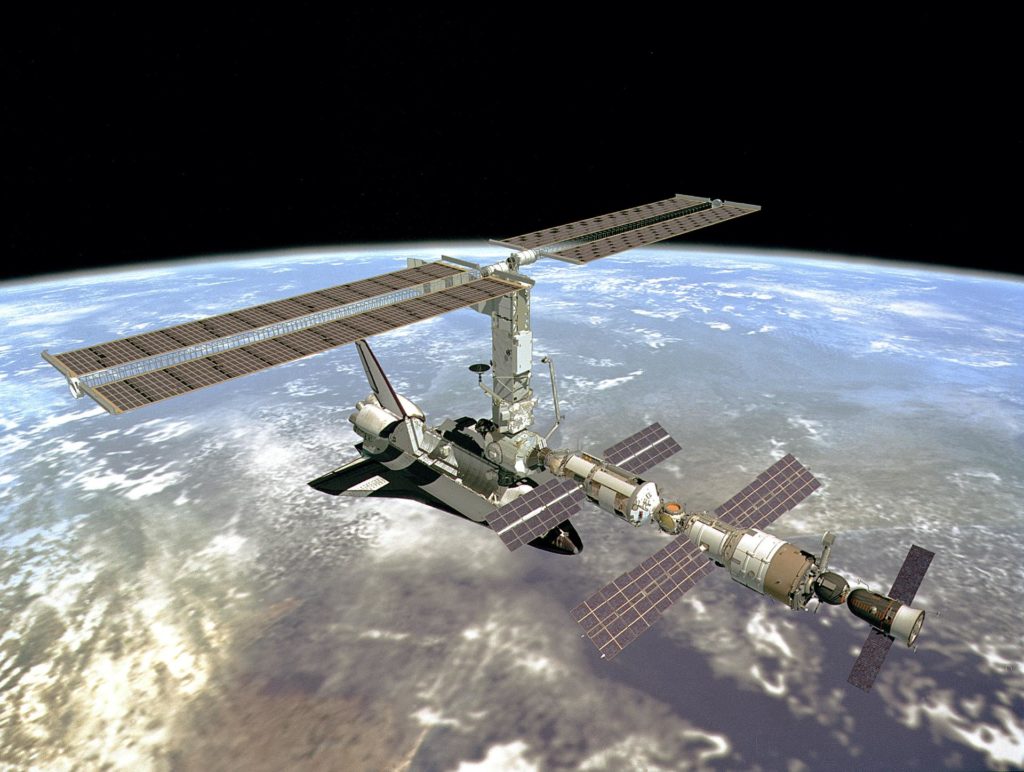When it comes to the largest ships in the world, their size alone is enough to leave anyone in awe. These massive vessels, from container ships to cruise liners and oil tankers, are marvels of engineering that transport goods, passengers, and resources across the globe. Each ship on this list pushes the boundaries of what’s possible on the open seas, with some stretching over 1,300 feet long and carrying thousands of containers or passengers at once. Their sheer size and capacity play a crucial role in global trade and travel. Let’s explore the 17 largest ships ever built and learn what makes them so impressive.
Seawise Giant
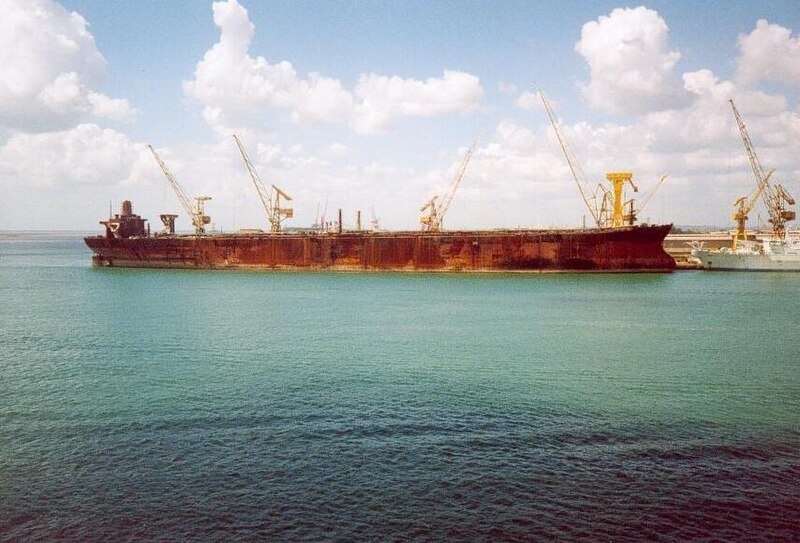
The Seawise Giant was the longest ship ever constructed, stretching an astounding 1,504 feet (458.45 meters) in length. Built in 1979, this massive oil tanker was so large it couldn’t navigate through the English Channel, Suez Canal, or Panama Canal when fully loaded. With a gross tonnage of over 260,000, it displaced around 564,000 tons, making it the heaviest ship as well. The ship operated under various names, including Happy Giant, Jahre Viking, and Knock Nevis. At full capacity, Seawise Giant could carry approximately 4.1 million barrels of crude oil. After an illustrious career, the vessel was finally decommissioned in 2009. Today, its massive legacy lives on in maritime history as one of the largest moving man-made objects ever created.
Pioneering Spirit
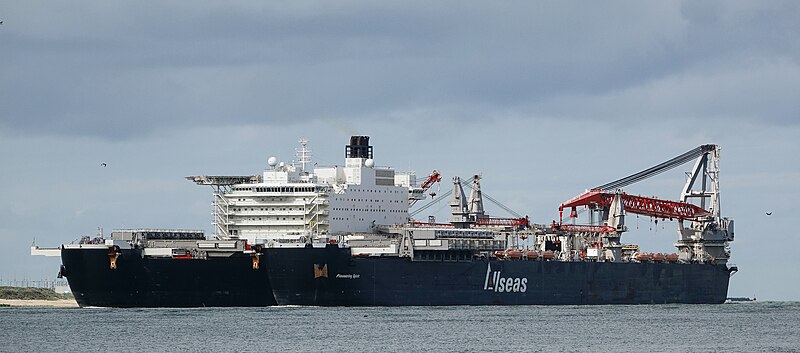
The Pioneering Spirit is an immense vessel that redefines offshore construction. Measuring 1,253 feet (382 meters) in length and 407 feet (124 meters) in width, it holds the title of the world’s largest construction vessel. This ship is capable of lifting entire oil platforms in a single operation, thanks to its 48,000-tonne lifting capacity. Initially launched in 2013, Pioneering Spirit has been vital in decommissioning offshore rigs and installing large pipelines. Weighing over 900,000 tonnes when fully loaded, it operates with remarkable precision in the open sea. Its twin-hull design allows it to straddle oil platforms, making complex tasks much more efficient. Today, it remains a crucial part of the global energy infrastructure.
Prelude FLNG
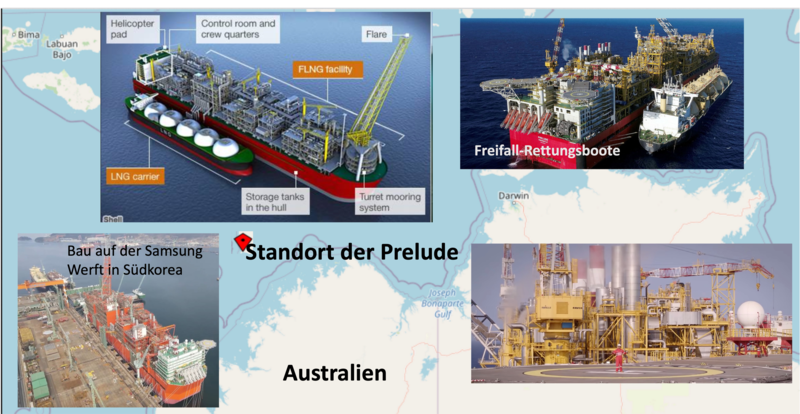
The Prelude FLNG is not just a ship—it’s a floating liquefied natural gas (FLNG) facility and the largest floating structure ever built. This maritime marvel measures 1,601 feet (488 meters) in length and weighs 600,000 tonnes when fully loaded. It was constructed to process natural gas off the coast of Australia, converting it to liquefied form for easier transport. Capable of producing 3.6 million tonnes of liquefied natural gas annually, it has a production capacity that dwarfs most onshore facilities. The Prelude can store around 175,000 cubic meters of liquefied natural gas in its tanks at any given time. Operated by Shell, it was launched in 2017 and remains one of the most significant pieces of energy infrastructure in the world. Its sheer size makes it a floating city at sea.
Harmony of the Seas
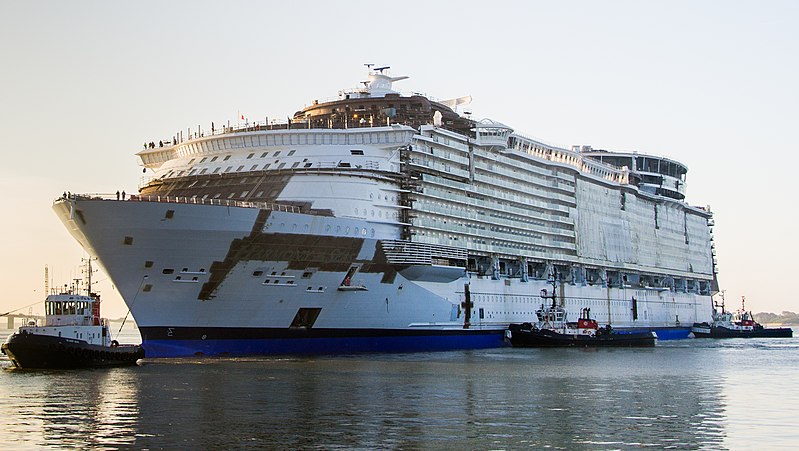
Harmony of the Seas is currently the largest cruise ship in the world, measuring 1,188 feet (362 meters) in length. Operated by Royal Caribbean, this Oasis-class cruise liner can carry over 6,700 passengers along with 2,300 crew members. Launched in 2016, it boasts 18 decks, which include countless amenities like restaurants, theaters, pools, and even an onboard park with 10,000 plants. Weighing 226,963 gross tons, it offers both luxury and adventure for its guests. Harmony of the Seas is also one of the most eco-friendly ships, utilizing technology to recycle heat, reduce water usage, and lower carbon emissions. Its enormous size allows for unparalleled onboard experiences while cruising to destinations worldwide.
USS Enterprise (CVN-65)

The USS Enterprise (CVN-65) was the longest naval vessel ever built, with a length of 1,123 feet (342 meters). Launched in 1960, it was the first nuclear-powered aircraft carrier, serving the United States Navy for over 50 years before being decommissioned in 2017. Nicknamed “Big E,” it was capable of carrying over 90 aircraft and had a top speed of 33 knots. Weighing 93,284 tons, the ship was a symbol of American naval power during the Cold War and several subsequent conflicts. The Enterprise was also one of the fastest warships in the world, a title that further distinguished its legendary status. Its legacy lives on as future U.S. carriers are being named in its honor.
Allure of the Seas
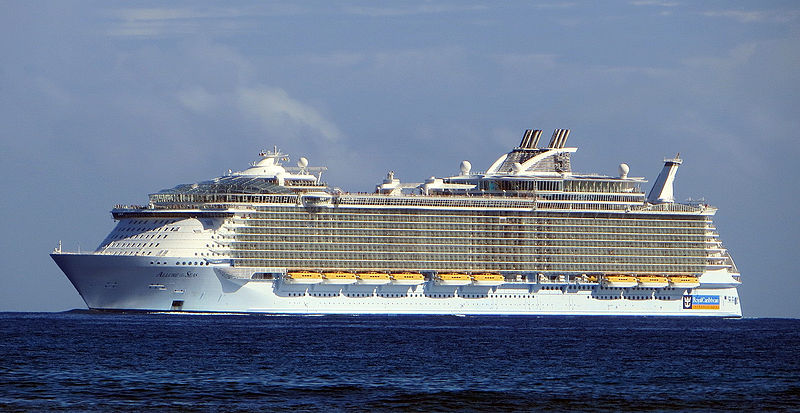
Allure of the Seas is another Oasis-class cruise ship operated by Royal Caribbean, and it’s one of the largest passenger ships afloat. Measuring 1,187 feet (362 meters) in length, it has a gross tonnage of 225,282, which allows it to carry more than 6,700 passengers and over 2,200 crew members. Launched in 2010, Allure of the Seas features unique amenities, such as an ice-skating rink, a zip line, and an aquatheater. The ship has 16 passenger decks, and despite its immense size, it offers smooth and luxurious journeys across various destinations. The Allure of the Seas has been praised for its state-of-the-art design, which includes efficient waste management and energy-saving technology. It remains a favorite among cruise enthusiasts for its grandeur and entertainment options.
HMM Algeciras
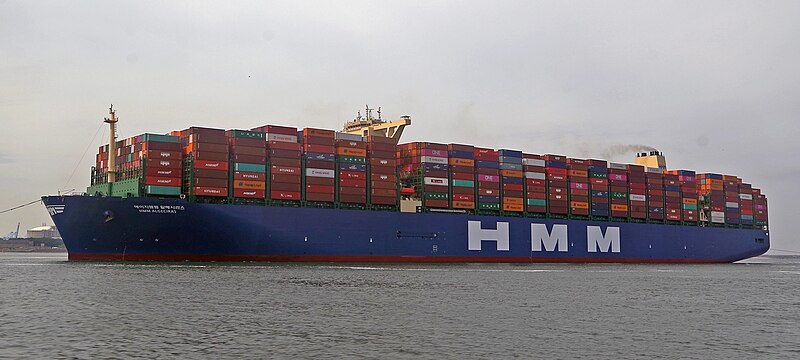
HMM Algeciras holds the record for being the largest container ship in the world by carrying capacity. Launched in 2020, this colossal vessel can carry up to 23,964 TEUs (Twenty-foot Equivalent Units), making it a game-changer in global shipping. The ship is 1,312 feet (400 meters) long and 200 feet (61 meters) wide, giving it an immense footprint on the seas. Despite its size, HMM Algeciras is designed with energy efficiency in mind, utilizing low-carbon technologies and advanced navigation systems to reduce emissions. With a gross tonnage of 228,283, it is the flagship of HMM’s fleet and represents a new era of eco-friendly shipping. Its ability to carry nearly 24,000 containers ensures it plays a pivotal role in global trade logistics.
Oasis of the Seas
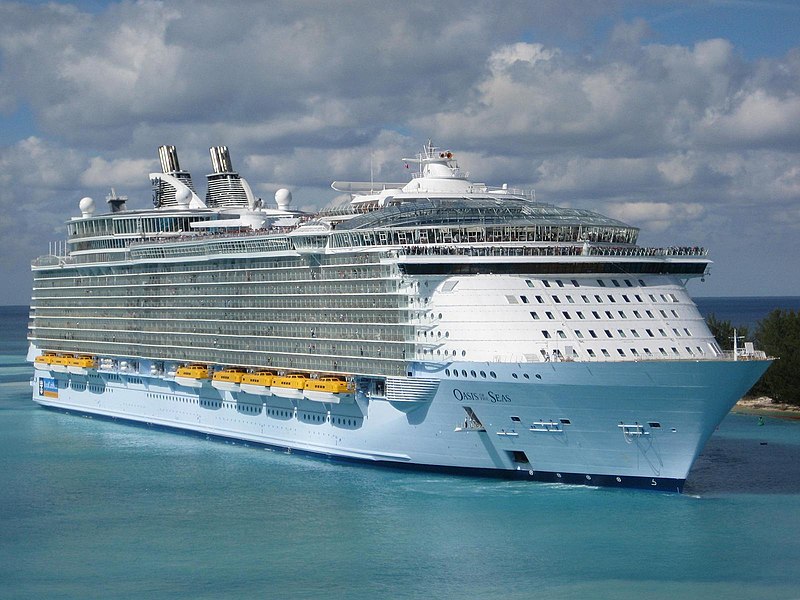
Oasis of the Seas is another contender among the largest cruise ships ever built, boasting a length of 1,187 feet (362 meters) and a gross tonnage of 225,282. This Royal Caribbean vessel can accommodate up to 6,780 passengers, spread across 18 decks. Since its launch in 2009, the ship has set the standard for modern cruising with features like a Central Park, an outdoor boardwalk, and robotic bartenders. Weighing over 100,000 tons, the ship offers a vast array of entertainment, dining, and recreational activities. Oasis of the Seas also incorporates advanced waste management and energy-saving systems, making it one of the most environmentally responsible cruise ships. Its size allows for an unmatched cruising experience that continues to draw passengers from around the world.
MSC Gülsün
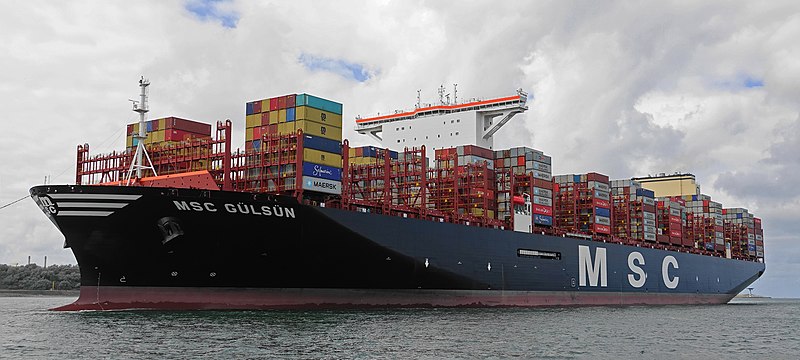
MSC Gülsün is another giant of the seas, boasting a length of 1,312 feet (400 meters) and a width of 202 feet (61.5 meters). This vessel, which joined the fleet in 2019, is capable of carrying 23,756 TEUs, placing it among the largest container ships in the world. MSC Gülsün was designed with environmental efficiency in mind, featuring a hybrid scrubber system that reduces sulfur emissions and a dual-fuel engine system. Weighing around 232,618 gross tons, the ship is a key player in global shipping, facilitating massive cargo shipments across continents. Its impressive size and eco-friendly features represent the future of maritime transport. Despite its enormous capacity, the vessel ensures a smooth and efficient voyage for its crew and goods.
TI Europe
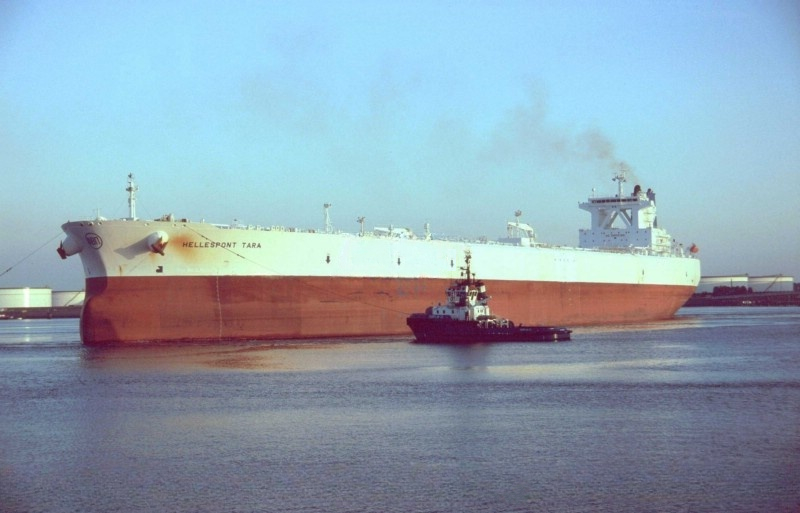
The TI Europe is one of the largest oil tankers still in operation today. Measuring 1,246 feet (379 meters) in length, this Ultra Large Crude Carrier (ULCC) is part of the TI class of supertankers. With a deadweight tonnage of 441,585 tons, the TI Europe is capable of carrying over 3 million barrels of crude oil at once. It was launched in 2002 and continues to transport oil across global routes, providing essential services to the energy industry. Despite its massive size, it is known for its efficiency and reliability, designed to travel long distances without refueling. The ship’s immense carrying capacity and eco-friendly systems make it an integral part of international oil transport.
Ever Ace
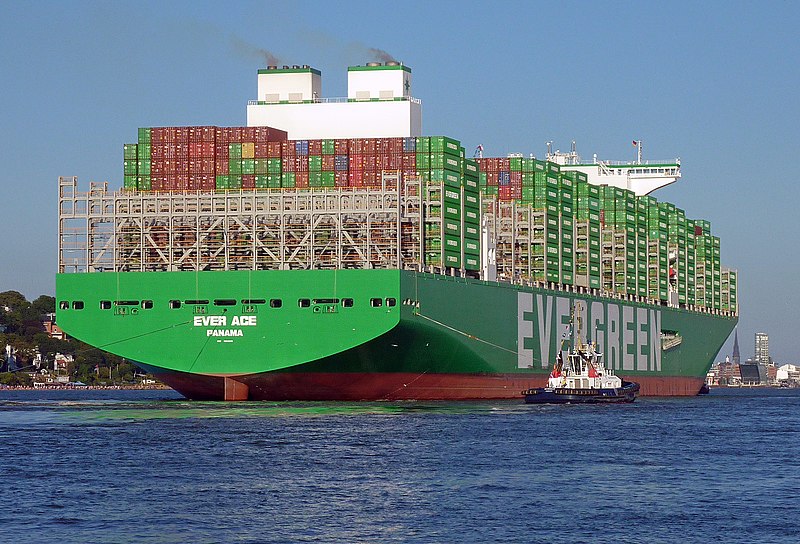
The Ever Ace is a giant in the world of container ships, measuring an impressive 1,312 feet (400 meters) long and 202 feet (61.5 meters) wide. Launched in 2021, this behemoth of the sea holds the title for the largest container ship in terms of capacity, able to transport a staggering 23,992 TEUs. It belongs to the Evergreen Marine fleet and is equipped with cutting-edge technology to reduce fuel consumption and lower emissions, making it an environmentally responsible vessel. The Ever Ace weighs approximately 241,960 gross tons, cementing its role in the global shipping industry. Its design incorporates advanced ballast water treatment systems to protect marine ecosystems. Despite its colossal size, the ship is celebrated for its efficiency in transporting goods across vast distances. This ship is a testament to modern engineering and eco-conscious shipping.
Emma Mærsk
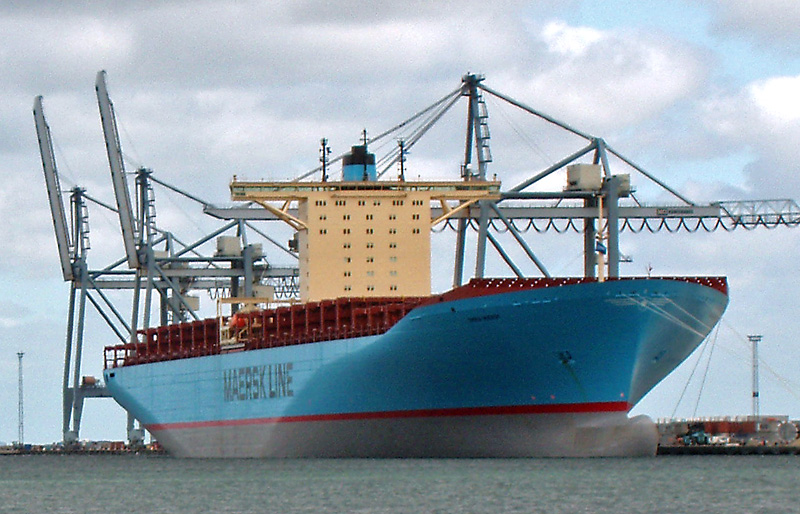
Emma Mærsk was once the largest container ship in the world, and it remains one of the most iconic. Built in 2006, the ship measures 1,305 feet (397 meters) in length, with a width of 184 feet (56 meters). It can carry around 14,770 TEUs, which at the time of its launch was an unprecedented feat. The ship is powered by a Wärtsilä-Sulzer RTA96-C, one of the most powerful diesel engines ever built. Emma Mærsk’s design focuses on reducing emissions and fuel consumption, making it one of the most efficient vessels in its class. Weighing in at 156,907 gross tons, it paved the way for a new generation of super-sized container ships. Despite newer ships surpassing its size, Emma Mærsk continues to operate and remains a symbol of innovation in maritime transport.
Queen Mary 2
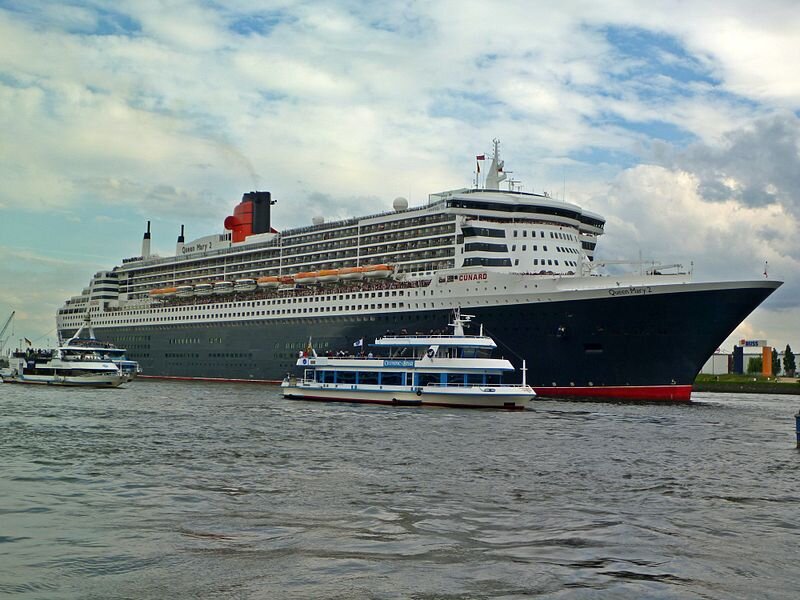
The Queen Mary 2 is one of the most famous ocean liners still in operation today. This luxury liner measures 1,132 feet (345 meters) in length and has a gross tonnage of 148,528. Launched in 2003 by Cunard Line, Queen Mary 2 was specifically designed for transatlantic voyages, offering a blend of old-world charm and modern luxury. The ship can accommodate 2,695 passengers and 1,253 crew members, providing a luxurious cruise experience. Its distinctive design includes a strengthened hull to withstand the harsh conditions of the North Atlantic. The liner is also equipped with advanced navigation and stabilization systems to ensure a smooth journey. Queen Mary 2 remains one of the largest and most elegant ships ever built for passenger travel.
USS Nimitz
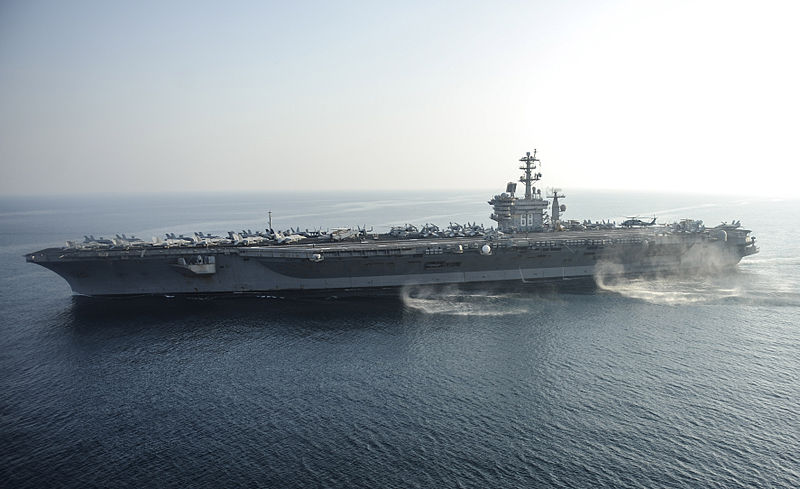
USS Nimitz is one of the largest and most powerful aircraft carriers in the world, measuring 1,092 feet (333 meters) in length. Commissioned in 1975, it is the lead ship of the Nimitz-class carriers and remains in active service for the United States Navy. The carrier can hold up to 90 fixed-wing aircraft and helicopters, with a total displacement of 100,020 tons. Powered by two nuclear reactors, the USS Nimitz can operate for over 20 years without refueling, making it one of the most durable ships at sea. It has played a pivotal role in several military operations and exercises across the globe. With its sheer size and advanced technology, the Nimitz is considered one of the most formidable warships in the world. Its ability to project power anywhere in the world is unmatched.
CMA CGM Jacques Saadé
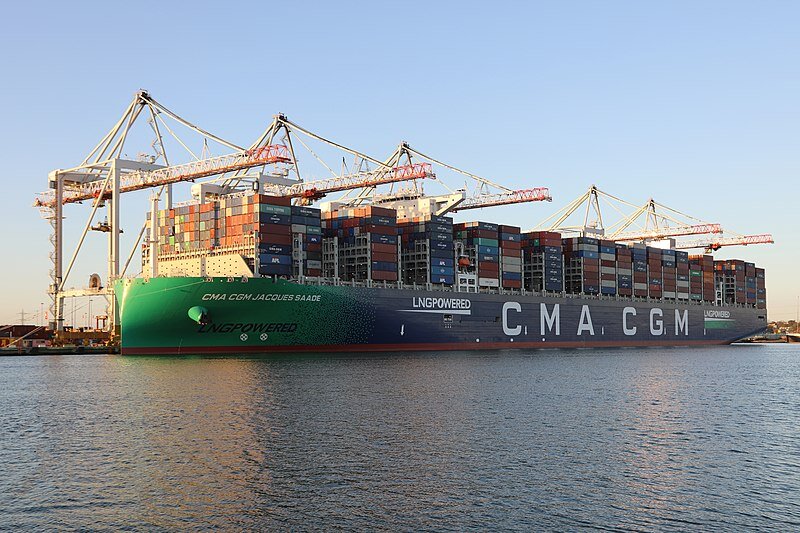
The CMA CGM Jacques Saadé is a giant in the container shipping world, measuring 1,312 feet (400 meters) in length and 202 feet (61.5 meters) in width. Launched in 2020, this vessel is one of the largest liquefied natural gas-powered ships, reducing its carbon footprint significantly. It has the capacity to carry 23,000 TEUs, making it a leader in both size and environmental sustainability. The ship’s design includes advanced scrubber systems to minimize sulfur emissions and state-of-the-art navigation technology for efficient cargo management. Weighing approximately 236,583 gross tons, the CMA CGM Jacques Saadé is one of the most innovative container ships in operation today. It serves as a key player in global shipping, demonstrating the future of eco-friendly maritime transport. Its size and technological advancements make it a standout in the shipping industry.
Symphony of the Seas
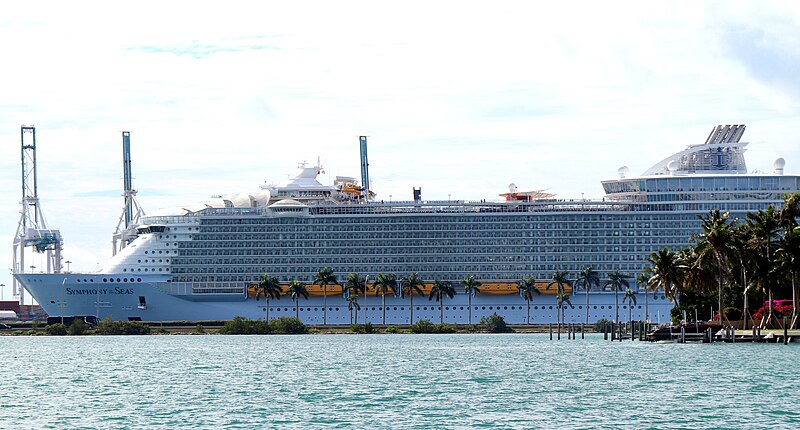
Symphony of the Seas, another massive cruise ship in Royal Caribbean’s fleet, measures 1,188 feet (362 meters) in length. Launched in 2018, it is one of the largest cruise ships ever built, with a gross tonnage of 228,081. It can accommodate over 6,680 passengers and around 2,200 crew members, spread across 18 decks. The ship features a range of luxurious amenities, including a water park, ice-skating rink, and multiple theaters, offering endless entertainment options. Symphony of the Seas also incorporates advanced energy-saving technologies, including solar panels and waste heat recovery systems. This floating city offers travelers a truly immersive cruising experience. Its size and onboard facilities make it one of the most popular ships in the world.
Batillus

Batillus was one of the largest oil tankers ever built, and its sheer size was awe-inspiring. Measuring 1,359 feet (414 meters) in length, it had a deadweight tonnage of 555,000 tons, making it one of the heaviest ships of its time. Launched in 1976, the Batillus could transport up to 3.5 million barrels of crude oil on a single voyage. It was designed to serve long routes from the Middle East to Europe and the United States. Despite its massive size, Batillus was relatively fuel-efficient for its time, thanks to innovative design features. The ship was retired in 1985 after just nine years of service, as the demand for such large oil tankers declined. Its legacy, however, remains as one of the giants of the sea.
This article originally appeared on Rarest.org.
More From Rarest.Org
Antique tractors played a vital role in revolutionizing farming, transforming the way crops were grown and harvested. These machines not only boosted productivity but also made farming more efficient and accessible for smaller operations. Read more.
Space exploration has been filled with groundbreaking moments that have pushed the boundaries of human knowledge and technology. From the first satellite launch to landing rovers on distant planets, each achievement has brought us closer to understanding the universe. Read more.
Many of today’s mainstream trends started as niche subcultures, quietly shaping the worlds of fashion, music, and lifestyle. These movements, often formed by small communities with unique styles and values, have had a powerful influence on global culture. Read more.


